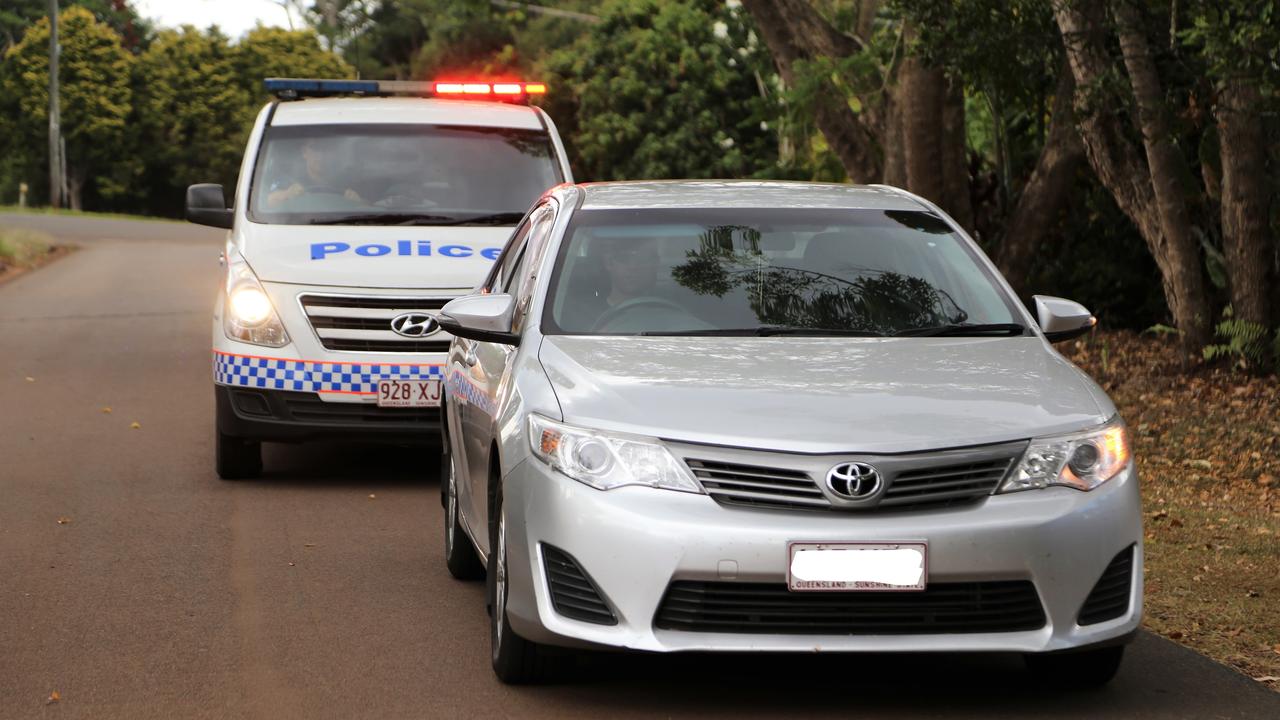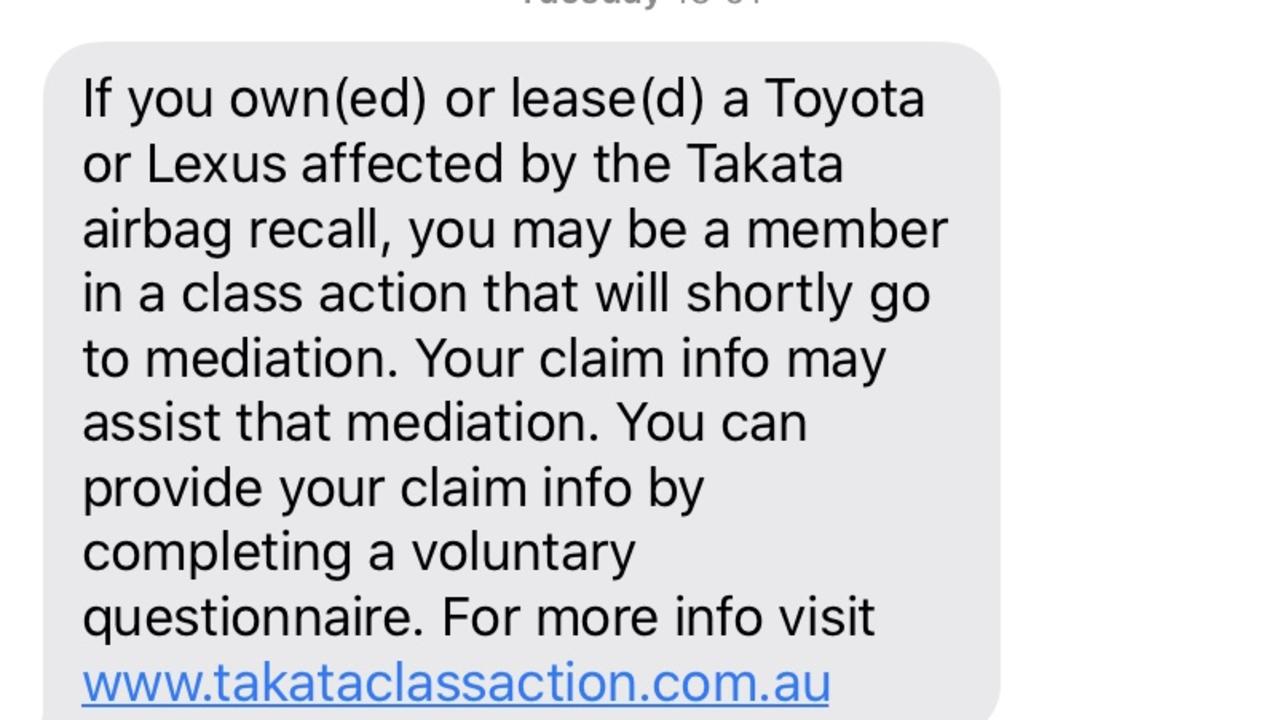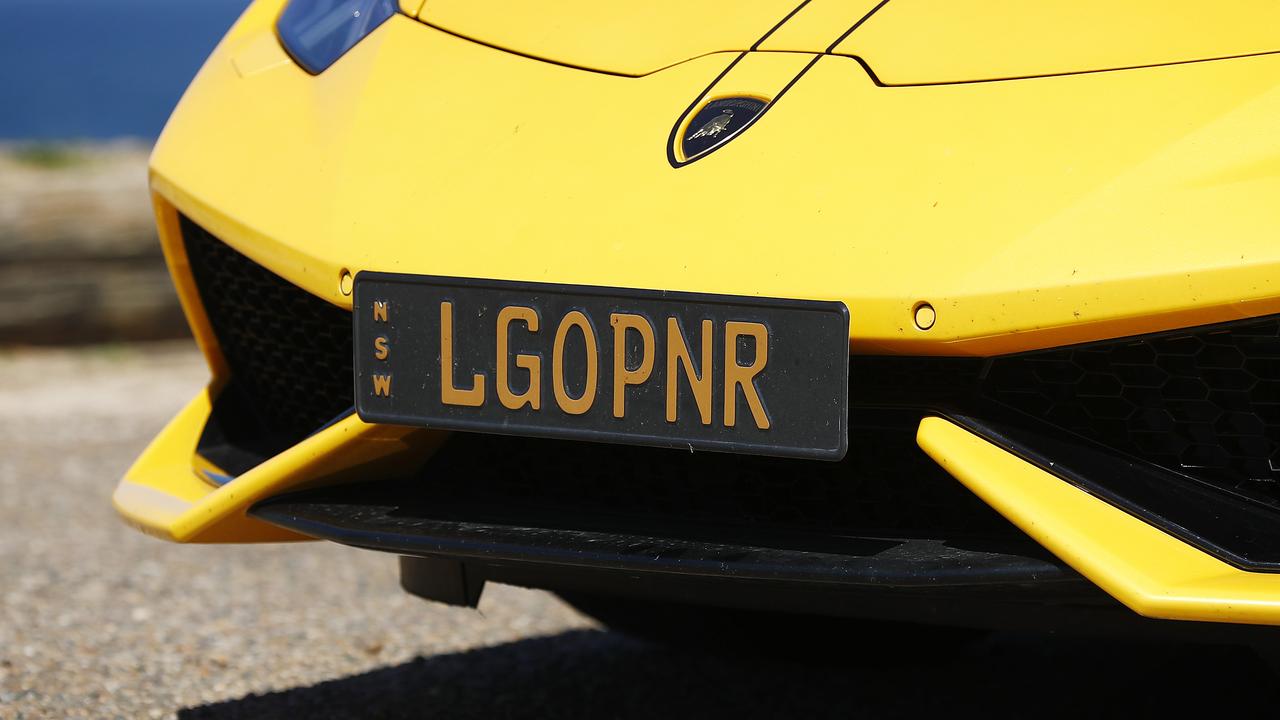The truth about our shocking road death toll shame and the 1226 lives lost in a split second
This number — 1226 — represents a shocking statistic about the number of people who die on our roads in mostly preventible circumstances.
As you read this sentence, pause to notice the tiny fraction of time it takes to blink your eyes.
In that same split second, a life can be changed forever, completely and irreversibly destroyed, or ended altogether in a serious road accident.
As the busy Christmas holiday period approaches, the risk of death and injury significantly increases and you too could become part of the shocking statistics.
Starting today, news.com.au is kicking off A Split Second — a road safety campaign to share the human costs of our mammoth road toll.
Last year, 1226 Australians were killed in vehicle crashes while 35,000 people were hospitalised with non-fatal injuries.
Over coming weeks, you will meet some of the faces behind those horror statistics — a father who saw his young daughter’s final moments, a farmer who can’t forget the smell of his burning flesh, a woman traumatised by the crash that seriously injured her and her two-year-old child, and others.
WHAT THE DATA SAYS
The Federal Government compiles and releases monthly data on road deaths across the country and the latest report shows 74 people were killed in October.
In the 12 months to October 2018, there were 1193 fatalities representing 569 drivers, 213 passengers, 174 pedestrians, 193 motorbike riders and 36 cyclists.
The 40 to 64 age group was the deadliest with 397 people killed, while men make up two-thirds of the overall fatalities — 890 males to 301 females.
In 2017, the national road toll totalled 1226, which was a 5.2 per cent decrease on the previous year, although a number of states recorded increases on the four-year average.
”Approximately half of road deaths result from head-on crashes or single vehicle run-off-road crashes,” the Road Trauma Australia annual report said.
“High speed roads still account for the largest proportion of fatal crashes … this has not changed appreciably over the last decade.”
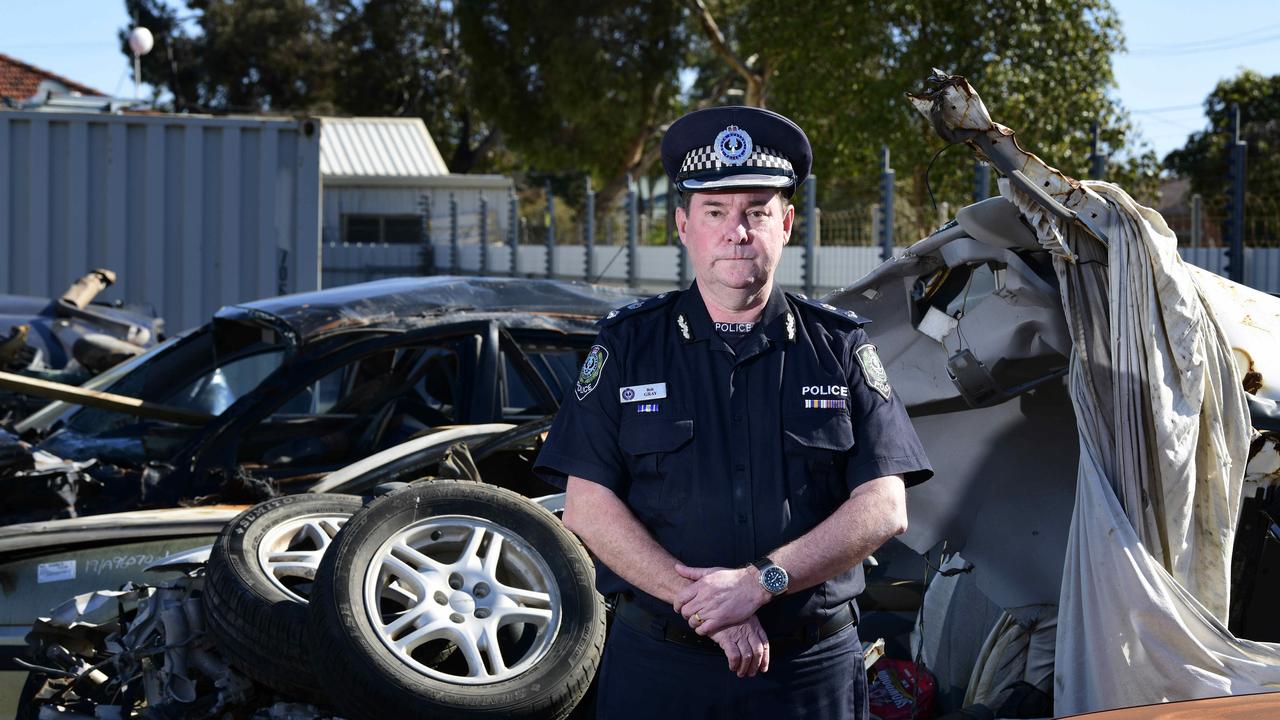
In 2014-15, about 36,000 Australians were admitted to hospital due to non-fatal injuries sustained in road crashes.
Research by the Australian Automobile Association found that the cost to the economy was about $30 billion.
While more recent figures have not been finalised, projections indicate it’s likely the figure is the same for the latest 12-month period.
“Males aged 15 to 24 had the highest rate of hospitalisation,” a report by the Australian Institute of Health and Welfare found.
And overall, two-thirds of all hospitalisations involved males, who across all but one age groups — the youngest — are considerably more likely to suffer non-fatal injuries.
OUR DANGEROUS HABITS
Research conducted by consumer comparison website finder.com.au found 62 per cent of Australian motorists admitted to dangerous behaviour while driving.
That equates to about 10.9 million people taking risks from using mobile telephones to eating food and wearing slippery thongs.
“Taking your eyes off the road for a single second can be the difference between life and death,” finder.com.au insurance expert Bessie Hassan said.
“We shouldn’t be compromising safety — our own and others — for anything.”
While messaging around the dangers of using a mobile phone have been prominent for some time, and various states have hiked their penalties, a number of Aussies are ignoring the risks, she said.
The research found 20 per cent of drivers admitted to sending a text message while driving and 13 per cent said they had answered a phone call without a hands-free device.
Disturbingly, 8 per cent said they accessed social media on their mobiles while driving.
“Some things, like eating or smoking behind the wheel, may seem harmless, but the reality is that they’re distracting from concentration on the road,” Ms Hassan said.
“A safe driver is a someone who is focused on the road ahead and nothing else.”
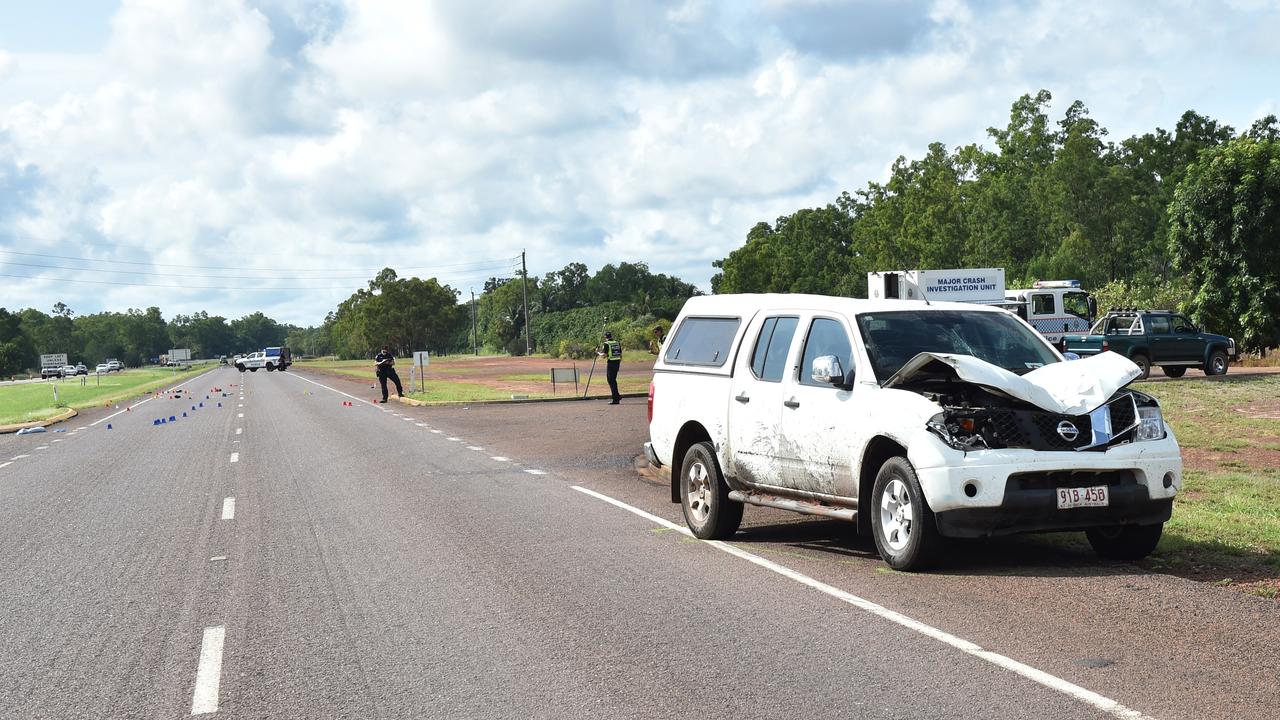
As well as the risk posed to themselves and others, drivers who have an accident and are found to have engaged in reckless behaviour can have insurance claims voided.
Comprehensive car insurance policies do not cover damage caused by illegal activities, she said.
That definitely includes applying make-up, with 5 per cent of motorists admitted they had done, or reading a book — an activity that 2 per cent of drivers fessed up to.
LONG ROAD TO CHANGE
The National Road Strategy is a multi-pronged approached to reducing deaths and injuries that occur as a result of vehicle crashes.
It has set an ambitious target of reducing the yearly number of road deaths by 30 per cent by 2020.
However, overall fatality reductions have been well below the projected targets for crashes and there have been sharp increases in incidents involving heavy vehicles, among older drivers and motorbike riders, and on remote roads.
There has also been an 80 per cent increase in cyclist deaths on roads in the past 12 months.
And during the busy summer holiday period last year, there were a staggering 127 deaths on Australian roads. That marked a 25 per cent increase on the five-year December average.
The Automotive Association is a vocal critic of the national strategy and its slow progress, saying the current approach is “uncoordinated and disorganised”.
“Since the road safety strategy began, there has been a 9.7 per cent decline in the 12-month road toll, which is far below the rate required to achieve the 2020 target,” it said in a report.
Continue the conversation | shannon.molloy@news.com.au



